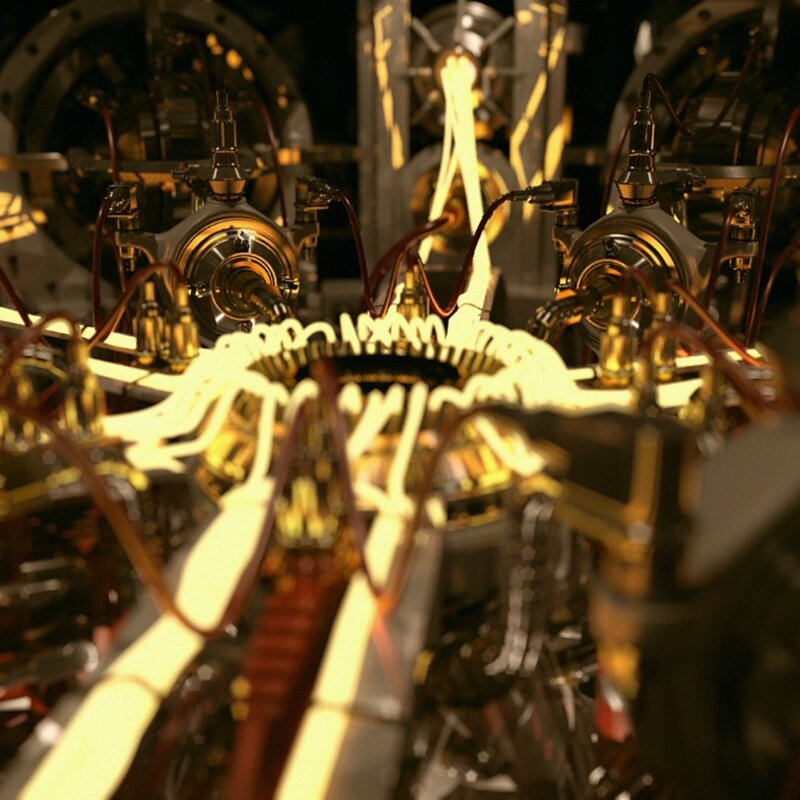
Thermal diffusivity measurements at high temperatures for space launcher engines
Challenge
Industries increasingly rely on running their operations at high temperatures, up to 3000 °C, to increase the efficiency and reduce environmental footprint. However, before the Hi-TRACE project there was a metrological need for accurate thermophysical properties measurements with assessed measurement uncertainties.
In the space industry, knowing thermophysical properties of materials is essential in order to design materials that are as light-weight as possible, while also maintaining the required high safety standards. These materials need to be able to resist extreme conditions, including temperatures up to 3000 °C. These high temperatures are reached during the ascent phase where the rocket engines are used to accelerate the launcher through the combustion of propellants or in some structural parts of a spacecraft during atmospheric re-entry where friction with Earth’s atmosphere, will results in intense heat.
Therefore, thermal diffusivity measurements at high temperatures are especially important for the space industry in order to master heat diffusion in all system and to avoid catastrophic failure of parts due to material overheating and thus the loss of the launcher.
Solution
As part of the Hi-TRACE project, the French national metrology institute Laboratoire National de métrologie et d’Essais (LNE) worked on developing a reference facility for measuring the thermal diffusivity of solid materials up to 3000 °C.
LNE used the laser-flash method, where a thin disk specimen is heated on its front face by a short energy pulse, and the induced transient temperature rise is measured on its back face versus time. The thermal diffusivity is determined with an estimation procedure based on minimizing the difference between the experimental temperature-time curve (thermogram) and the same curve given by a theoretical model describing the transient heat conduction through the specimen. Before the Hi-TRACE project, measurements above 2000 °C were not guaranteed to be traceable to SI, and therefore their use was limited. The project partners published the ‘Good practice guide on thermal diffusivity measurements by the laser flash method up to 3000 °C' to further publicise their findings, as well as a series of open-access e-learning guide.
LNE organised an inter-laboratory comparison with three refractory materials (tungsten, isotropic graphite, and molybdenum) to compare thermal diffusivity measurements between project partners and ensure consistent results, regardless of heating method or choice of sample holder.
Impact
The company ArianeGroup is a world-leading expert in producing launch systems for both civil and military applications. Their customers include a wide range of institutions, as well as commercial and industrial customers. The company participated in the interlaboratory test, through which they increased their working relationship with LNE and their measurement facilities.
ArianeGroup was interested in obtaining high temperature thermal diffusivity measurements for their ceramic matrix composite (CMC) materials, which are used in their space launcher engines. LNE was able to provide them with precise thermal diffusivity measurements up to 3000 °C.
With the newly obtained high confidence values of thermal diffusivity for CMC materials ArianeGroup is now able to improve part’s design and reliability. This high confidence values availability gives also the opportunity to reduce the CMC part mass and thus their cost without affecting their performance and reliability.
The development of SI-traceable measurements in the ultra-high temperature regime not only allows materials to be refined for spacecraft but also any industry requiring their operations to run at very high temperatures.
- Category
- EMPIR,
- Industry,
- EMN Advanced Manufacturing,
